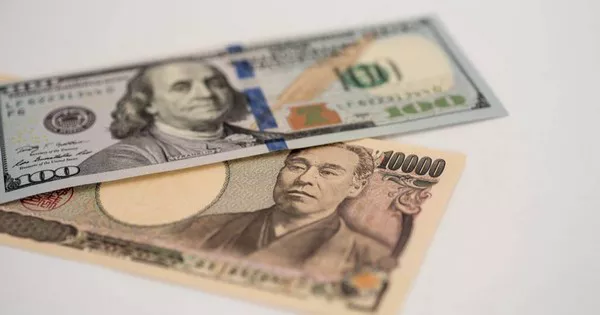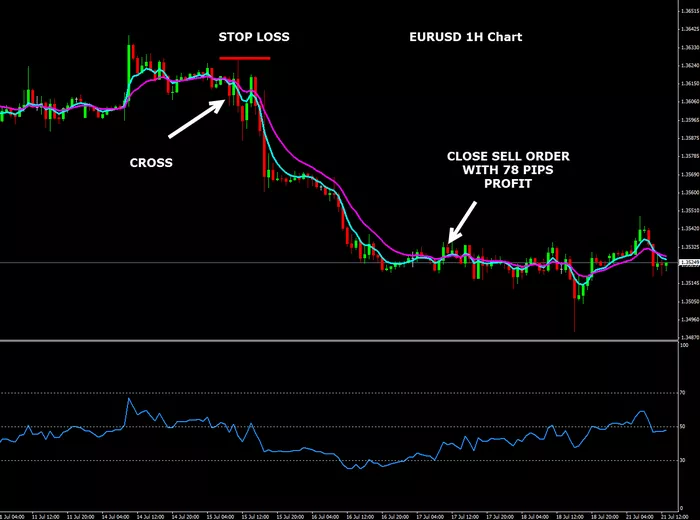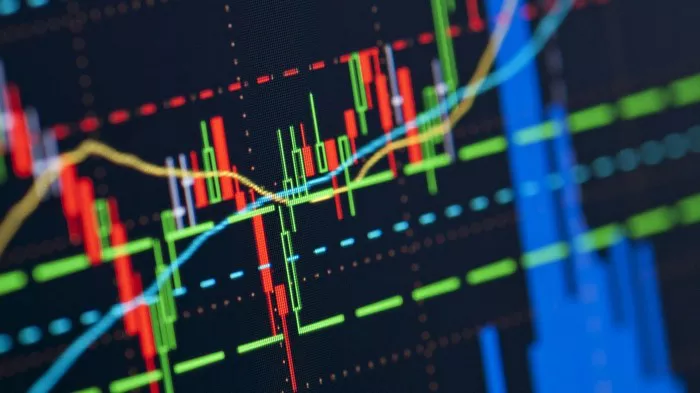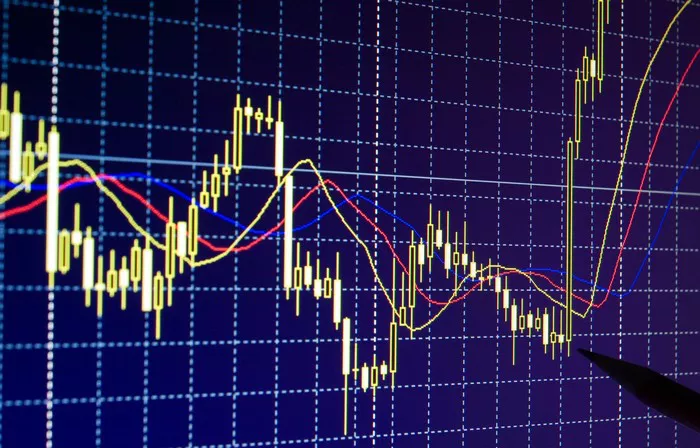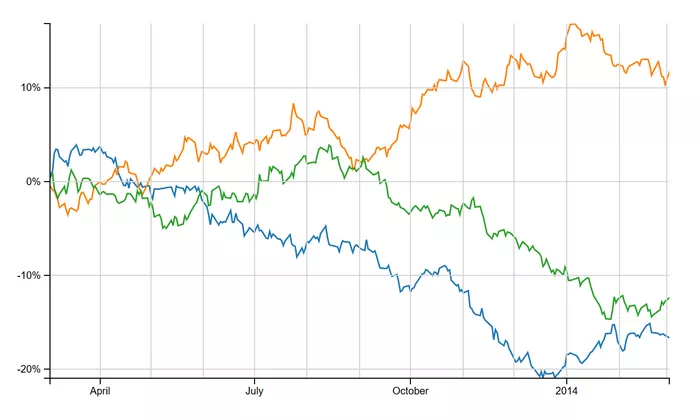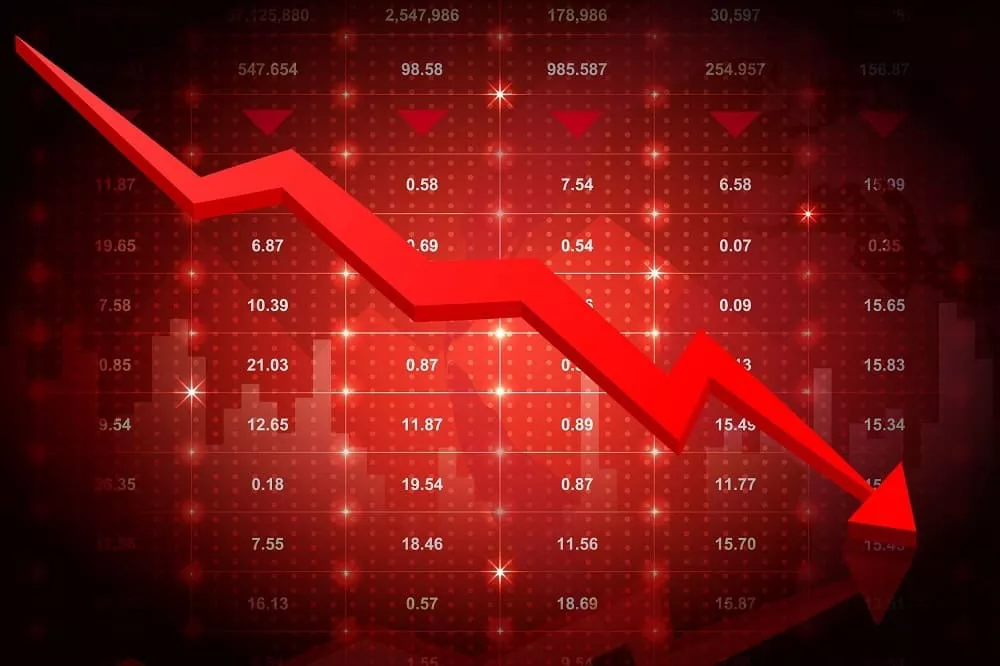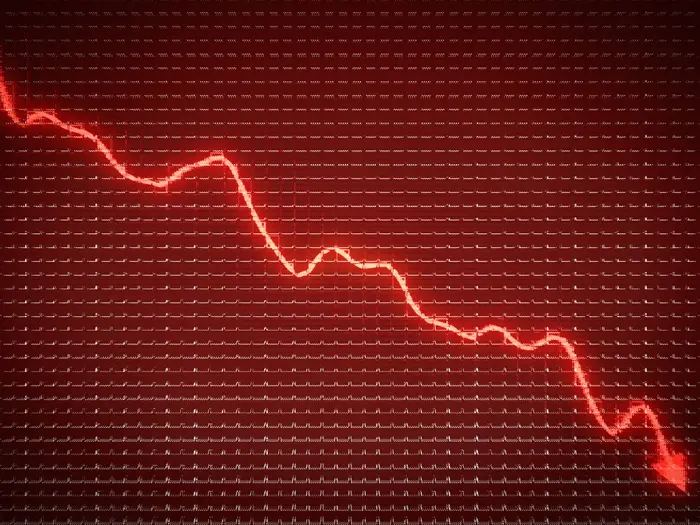Mansa Musa, the ruler of the Mali Empire during the 14th century, is often regarded as one of the wealthiest individuals to have ever lived. His wealth was so vast that it has been described as nearly incalculable by modern standards. However, translating Mansa Musa’s wealth into today’s terms, such as the U.S. dollar (USD), presents a number of challenges. This article will explore Mansa Musa’s wealth, the sources of his fortune, and attempt to estimate how much money he would have had in USD.
Who Was Mansa Musa?
Mansa Musa I ruled the Mali Empire from 1312 to 1337. His reign is considered one of the high points in the history of West Africa, as he turned Mali into one of the wealthiest and most powerful empires of the medieval world. Mansa Musa is most famous for his pilgrimage to Mecca in 1324, which brought him international attention. During this journey, he reportedly distributed vast amounts of gold, which not only highlighted his immense wealth but also caused a dramatic shift in the global economy of the time.
Mansa Musa’s wealth came from multiple sources, primarily gold, which was abundant in the Mali Empire. Additionally, the Mali Empire was strategically located, controlling important trade routes across the Sahara Desert, bringing in wealth from both sub-Saharan Africa and North Africa. The empire’s vast resources included salt, ivory, and other precious commodities, all contributing to Mansa Musa’s fortune.
The Sources of Mansa Musa’s Wealth
Mansa Musa’s wealth was derived from the natural resources and thriving trade routes controlled by the Mali Empire. His kingdom was rich in gold, salt, and other commodities that were highly sought after by traders across Africa and beyond.
Gold
Gold was the main source of Mansa Musa’s immense wealth. The Mali Empire had some of the world’s largest gold reserves, and it was one of the top exporters of gold during the 14th century. Mansa Musa, as the ruler of the empire, had access to these vast gold deposits, which allowed him to accumulate an enormous fortune.
The value of gold during Mansa Musa’s time was high, but its quantity in the Mali Empire made it even more significant. Historical records suggest that Mansa Musa’s wealth was largely tied to the volume of gold he controlled. As a result, his fortune is often described as being “incalculable.”
Salt
Salt was another important resource in Mansa Musa’s empire. It was a highly valued commodity due to its essential role in preserving food, especially in the desert climates of Africa. Mali controlled key salt mines, and trade in salt was a major economic activity. Mansa Musa benefited from the revenue generated by the trade of salt, adding to his already immense wealth.
Trade Routes
Mali’s location in West Africa made it a crucial hub for trade across the Sahara. The empire connected sub-Saharan Africa with the Mediterranean world, facilitating the exchange of goods such as textiles, beads, and metals. The trans-Saharan trade routes were essential for the wealth of Mali, and Mansa Musa was able to capitalize on this by controlling key points along these routes.
Tribute and Taxes
Mansa Musa’s wealth also stemmed from the tribute and taxes paid by the various kingdoms and territories under Mali’s control. These payments contributed to the empire’s prosperity and allowed Mansa Musa to amass a substantial fortune.
Mansa Musa’s Famous Pilgrimage to Mecca
In 1324, Mansa Musa embarked on a pilgrimage to Mecca, a journey known as the “Hajj.” This pilgrimage, required of all Muslims who could afford it, was a significant event in Mansa Musa’s reign and in the history of the Islamic world. Mansa Musa’s journey was not only a religious pilgrimage but also an expression of his immense wealth.
The most famous aspect of the pilgrimage was the lavish distribution of gold that Mansa Musa gave away during his travels. According to some accounts, he gave away so much gold in Cairo and other cities along the way that it caused a temporary inflation in the value of gold in Egypt. The sheer volume of gold that Mansa Musa distributed made headlines throughout the Islamic world and beyond.
The Effect on Egypt’s Economy
Mansa Musa’s generosity during the pilgrimage caused inflation in Egypt. Historians report that he distributed so much gold in Cairo that it flooded the local market, decreasing the value of the metal for a period of time. This resulted in economic disruption, highlighting the vastness of his wealth and his influence in the region.
Mansa Musa’s journey not only impacted Egypt but also helped spread knowledge of the Mali Empire. As he traveled, he brought with him scholars, architects, and artisans, further enhancing the cultural and intellectual standing of his empire. This display of wealth also helped cement Mansa Musa’s reputation as one of the wealthiest rulers in history.
Estimating Mansa Musa’s Wealth in Modern Terms
Given that Mansa Musa’s wealth was largely in gold, estimating his fortune in modern terms, particularly in USD, is no simple task. The value of gold during his reign is difficult to compare directly to today’s markets, as the supply and demand dynamics were vastly different in the 14th century. However, scholars have attempted to approximate his wealth using several methods, including estimates based on the amount of gold he controlled, his annual income, and the economic power of the Mali Empire.
Estimating the Value of Gold
Historical records suggest that the Mali Empire produced approximately 1,000 tons of gold per year during Mansa Musa’s reign. If we assume that Mansa Musa controlled a significant portion of this gold, his fortune could be valued at tens of billions of dollars in today’s terms. To put this into perspective, if we use the current price of gold (around $1,900 per ounce), 1,000 tons of gold would be worth approximately $64 billion USD. This would mean that Mansa Musa’s wealth, if we consider his control over the gold trade, could have been in the range of $400 billion to $500 billion USD or more, depending on the exact amount he controlled.
Mansa Musa’s Generosity During the Hajj
The amount of gold Mansa Musa distributed during his pilgrimage provides another clue to his wealth. Accounts suggest that he gave away hundreds of kilograms of gold, and in some cities, he gave away so much that it disrupted local economies. Based on these estimates, the value of the gold he distributed could have been worth several million dollars in today’s terms. This highlights not only the vast wealth he controlled but also his willingness to display that wealth on a global scale.
Comparison with Other Wealthy Figures
To provide further context, Mansa Musa’s wealth surpasses that of modern billionaires. For instance, Bill Gates, one of the wealthiest people in the world, has a net worth of around $110 billion USD as of recent estimates. However, Mansa Musa’s wealth, adjusted for inflation and considering his control over an entire empire, may exceed the combined wealth of multiple modern billionaires.
The Legacy of Mansa Musa’s Wealth
Mansa Musa’s wealth was not only a reflection of the economic power of the Mali Empire but also a symbol of the potential for rulers to amass immense fortunes in the medieval world. His generosity, particularly during his pilgrimage to Mecca, has been remembered as one of the most significant demonstrations of wealth in history.
Today, Mansa Musa is often cited as the richest person in history, and his legacy continues to captivate historians, economists, and people fascinated by extraordinary wealth. His reign serves as a reminder of the vast riches that existed in Africa long before the modern era.
Conclusion
While it is impossible to provide an exact figure for how much money Mansa Musa had in USD, estimates suggest that his wealth could have been worth $400 billion to $500 billion USD or more, depending on the amount of gold he controlled. His fortune was derived from the abundant resources of the Mali Empire, including gold, salt, and trade routes, and he displayed his wealth during his famous pilgrimage to Mecca.
Mansa Musa’s wealth and generosity had a lasting impact on the economies of the regions he visited and on the historical record. His legacy as one of the wealthiest individuals in history remains a powerful symbol of the wealth and power that existed in Africa during the medieval period.
Related topics:

